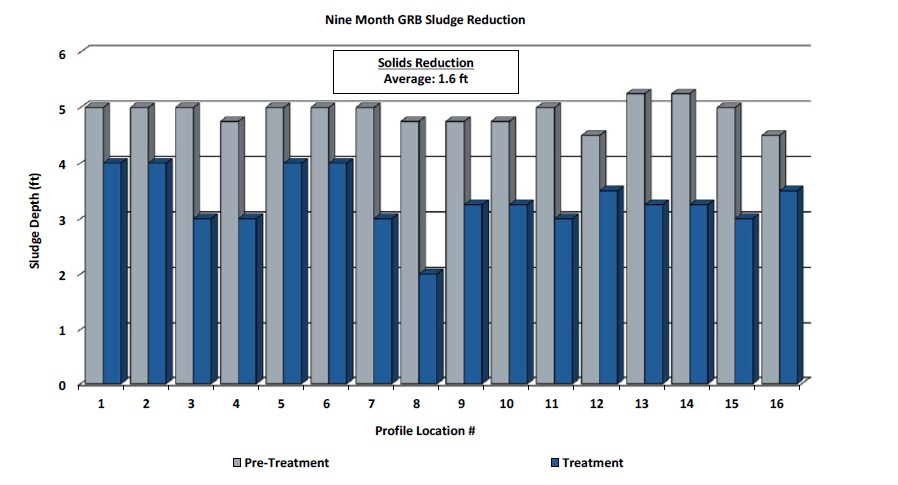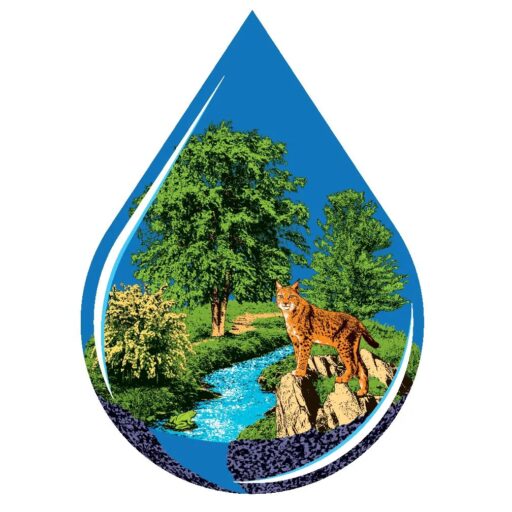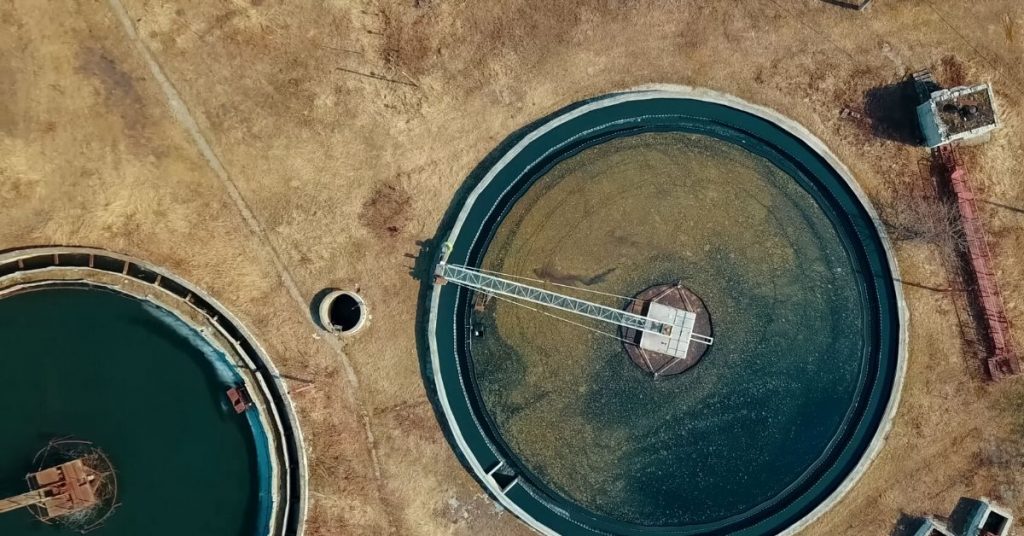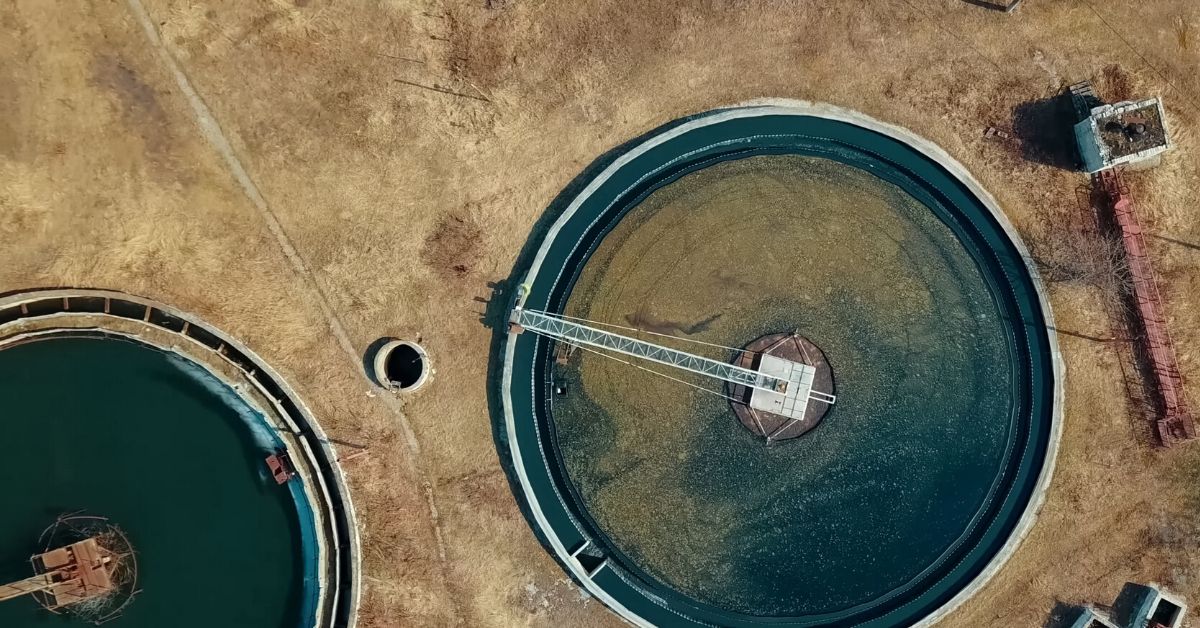Groundwater Recharge Basin 0.03 MGD
Wastewater storage basins receiving discharge from municipal treatment plants can accumulate solids. With bioaugmentation, utilities can increase the biomass in wastewater systems to more effectively reduce solids.1
The following case study explains the application of ProBiotic Scrubber® II (PBII) for reducing sludge in a groundwater recharge basin (GRB) storing discharge from a domestic wastewater treatment plant. A GRB was receiving effluent from an activated sludge facility processing influent from 600 septic tanks.
The wastewater plant in the small municipality in Washington state processed 0.1 MGD of wastewater. Due to the high organic content and solids loads in the influent wastewater, the treated activated sludge plant effluent was high in solids; consequently, the GRB was accumulating solids at an accelerated rate. Because solids in the activated sludge process were not well treated, the collecting sludge was thick and required removal.
After a year of solids accumulation, sludge profiling of the basin determined there was an average of 4.8 ft of biosolids. The sludge was impairing the recharge process, so the utility supervisors needed to decide on a removal method. Management wanted to avoid high dredging and sludge hauling costs to remove the solids. They sought an alternative solution which lead them to BioLynceus®.

Figure 1. Sludge depths were measured by the client at 16 locations in the GRB before PBII treatment (grey) and after nine months of treatment (blue). Average solids reduction was calculated from the profile depths.
After nine months, the average solids reduction was 1.6 ft across the lagoon. A written testimonial from the wastewater treatment plant supervisor said, “Using the ProBiotic Program, we have reduced wasted solids from our GRB by an average of 1.6 feet in just nine months.” BioLynceus® bioaugmentation helped degrade the accumulated solids in the GRB, which promoted better recharge function.
BioLynceus® ProBiotic Scrubber® II helps reduce solids in groundwater recharge basins.
1 Gerardi, M. (2016). Wastewater Bioaugmentation and Biostimulation. Lancaster, Pennsylvania: DEStech Publications, Inc. Pp.117. https://www.amazon.com/Wastewater-Bioaugmentation-Biostimulation-Michael-Gerardi/dp/1932078789



